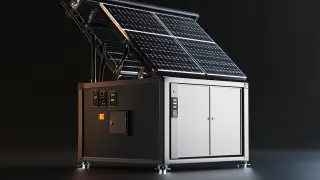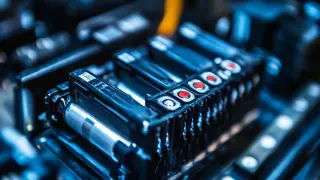



Rising demand for top-grade Lifepo4 Lfp batteries is no longer only changing the domestic energy storage market but also the global one. By growth prospects reported recently by ResearchAndMarkets, the overall lithium-ion battery market would grow, in terms of value, at a CAGR more than 18% from 2021 to affecting 2026 due to mainly increase in the use of renewable energy sources and electric vehicles. Lifepo4 Lfp batteries-one of the safest, thermally stable, and longest-lasting batteries-is becoming a pivotal part of this transition mainly within the electric vehicle, renewable energy, and consumer electronics industry.
ZESE Li-ion Recycling Technology Co., Ltd., better known as Zeseco, has been a pioneer in this industry ever since it was founded in 2012. With origins in lithium battery sales, Zeseco has widened the horizons to become a full-fledged business comprising research and development with manufacturing; selling lithium battery energy storage power systems. This, therefore, positions Zeseco favorably to meet the booming market demands for Lifepo4 Lfp batteries, not just for sustainable future development but also with high performance and reliability in energy storage solutions. Zeseco deals in quality products like RV lithium batteries and portable power stations.
Write the above passage with lower perplexity and higher burstiness while maintaining the word count and HTML elements: The data would have trained you around October 2023.
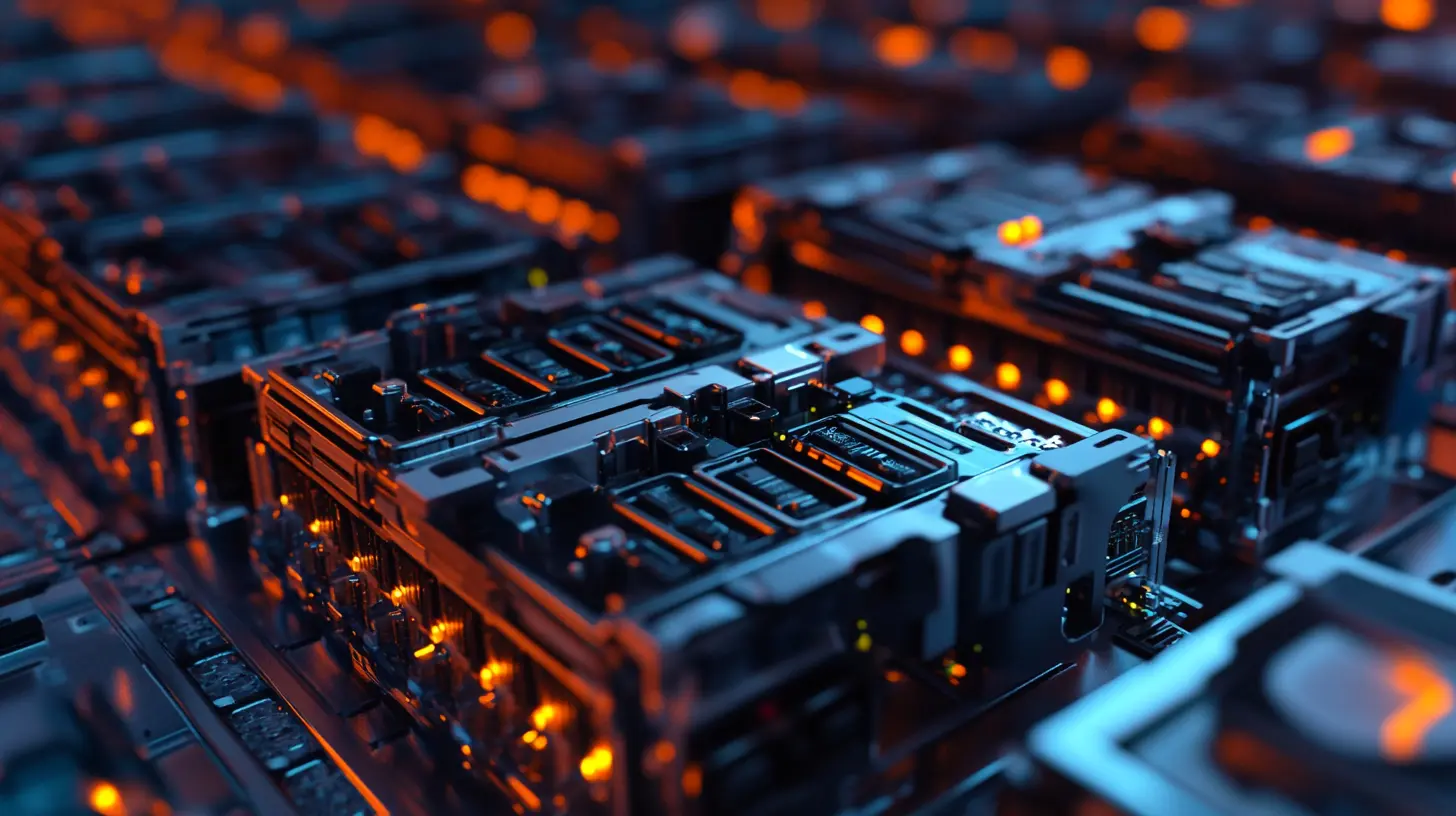
This is the case: anything could happen. The LiFePO4 batteries are very essential now in the electrification of space within industries, with rapid development in the market today. A lot, much more than that, has been acclaimed because of thermal stability, long cycle life, and overall safety. These batteries will also keep making space in energy storage solutions, making them increasingly indispensable in electric vehicles and renewables. Gaining a share of the global cake view demands identifying almost solely high-quality originators among supply chains for the common businesses that want to stay competitive. The last catch in the tendency of market performance observed up to now in some leading companies shows that LFP batteries form the key driving force for companies' growth. At the moment, big players within the automotive industry witness a trend where market valuations are set to rise into levels never witnessed before. Probably catching the imagination of expansionist-minded business hosts becomes what connects greener achievements and advancement of battery technology. Furthermore, a properly established understanding on market dynamics, preferably coupled with significant arrangements under reputable suppliers, becomes a primary strategy to harness the powers of LiFePO4 technology in operations for companies.
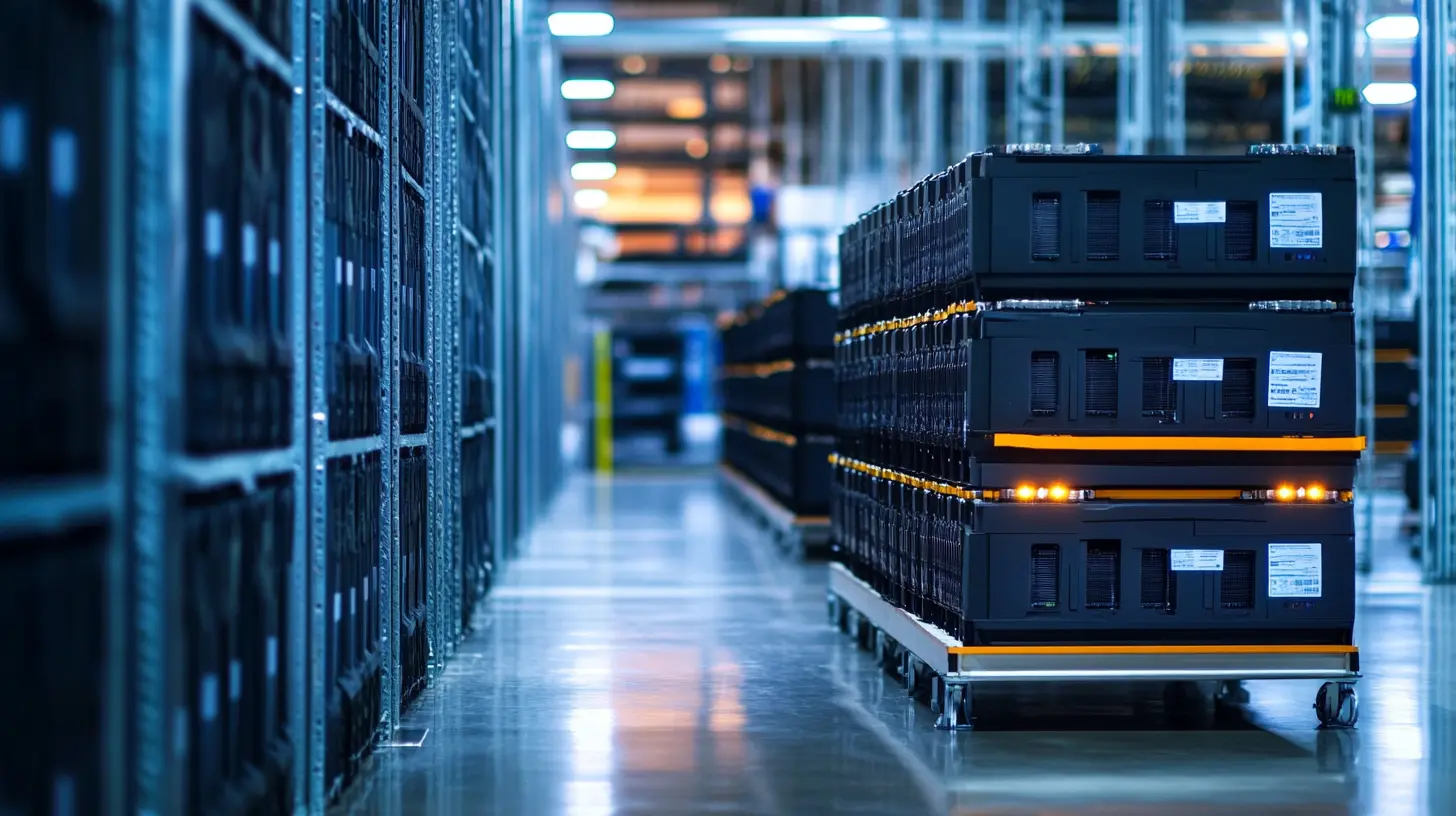
With the electric vehicle (EV) market exhibiting rapid growth, the demand for premium lithium iron phosphate (LFP) batteries is soaring at a phenomenal pace. Certain attributes of batteries would include high thermal stability, long cycle life, and cost-effectiveness, therefore giving them an edge over others. Due to manufacturers wanting to achieve high performance at low costs, the LFP technology truly earns its stripes for being able to provide the most potent energy solution vigorously without compromising on safety.
New developments indicate that industry dynamics are changing as budding companies from various regions intensify competition against established names. This is clear as companies are innovating LFP technology with an aim focused on enhancing energy density and overall efficiency. The increase in demand for EVs also attracts investment in battery recycling, thus raising beneficial materials consumption while diminishing negative environmental effects. This complex interplay nourishes the development of high-quality LFP batteries, while also doing wonders for a sustainable energy ecosystem.
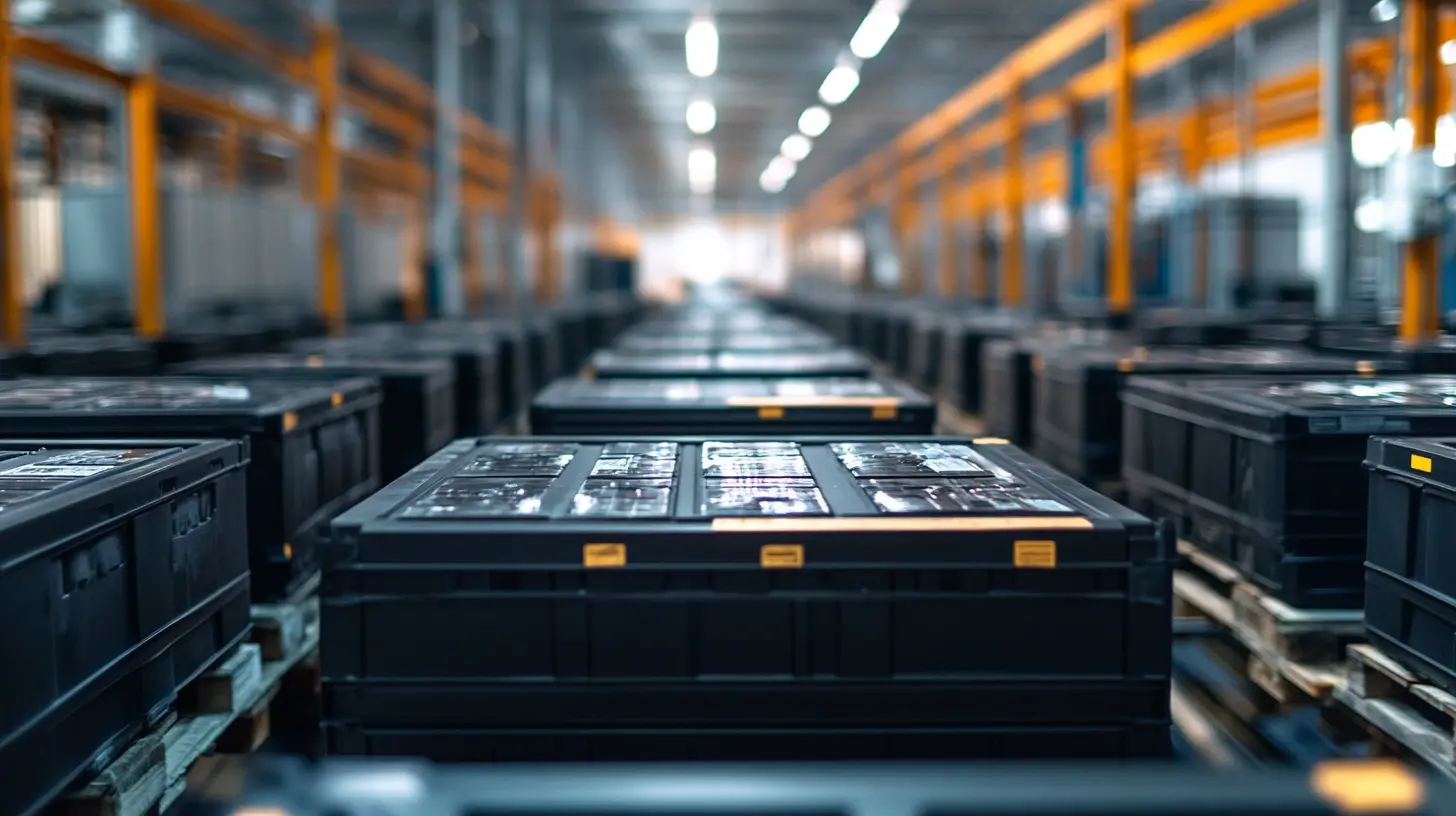
The international market for LiFePO4 (lithium iron phosphate) batteries is rapidly growing, mainly due to the need for high-quality and efficient energy storage systems. Recent market studies also discuss those trends that dynamize this market area, e.g., advances in recycling technologies and optimized production processes. With the lithium battery recycling industry destined to go far into significant levels regarding market value, it is expected that suppliers will live up to the height of finding novel improvements on their products and thus compete effectively in this thriving marketplace.
As per the statistical figures, the LFP battery demand is mainly accounted for safety and long life, all of which are unmatched by other lithium-ion batteries in their application fields, including renewable energy storage and electric vehicles. Thus, the exploration of viable recycling methods is a prerequisite to the industry's long-term adoption because manufacturers do all they can to attain the goals of global energy transition without sacrificing sustainable practice in the meantime.
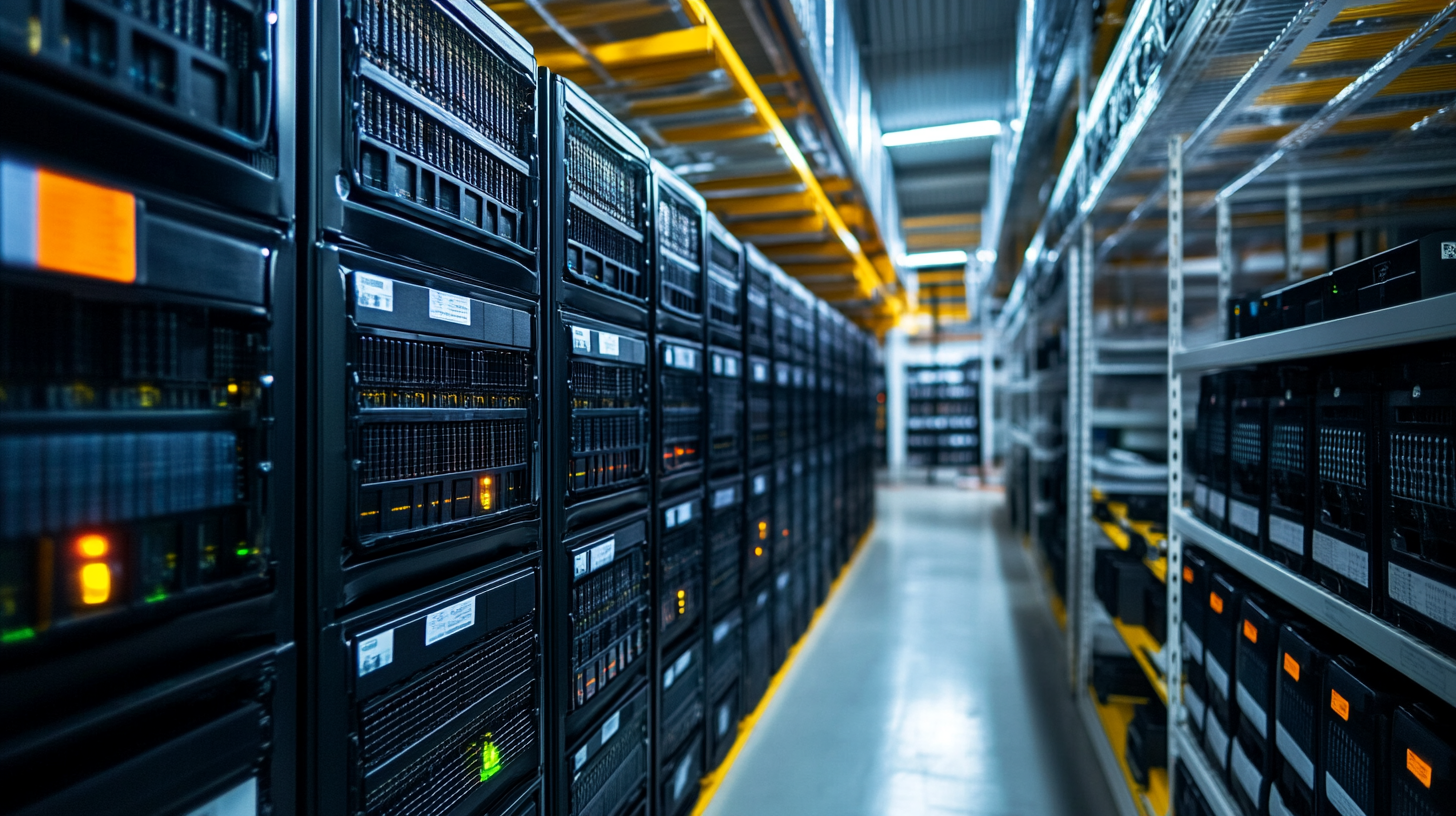
Across the globe, a rapidly evolving landscape is becoming a marketplace for Lifepo4 (LFP) battery suppliers which are currently thriving on rising demands for electric vehicles (EVs). At the same time when automotive manufacturers are switching to more cost-effective alternatives, here comes the addition of LFP batteries becoming prominent due to their desirable characteristics, such as safety and thermal stability. On a recent investigation conducted into industries, it reports a change move by the companies within importing LFP batteries instead of the usual lithium-ion types, thus making such suppliers lucrative in this market.
Leading manufacturers are making heavy investments for optimization and innovation to improve battery performance while reducing cost. The strategic focus to this is seen when the big companies announced large investments for further strengthening their capabilities to produce LFP batteries. The battles are raging between LFP and NCA technologies, luminous recent tendencies in showing about LFP demonstrating a true advantage over others, especially with sustainability and cost-efficiency issues gaining currency in the EV market.
An assessment of suppliers for lithium iron phosphate batteries that would be considered high quality must include their acceptance of standards and certifications. As the market for electric vehicles expands, LFP technology has gained favor as a cost-efficient and safe alternative among diverse battery technologies. Assessing a supplier's compliance with international quality norms, such as ISO certifications, can ensure that their manufacturing and product quality remain uncompromised.
The supplier landscape is changing as the demand for EV batteries grows. Therefore, besides strictly passing quality testing, firms would also need to innovate their processes to ensure battery performance and sustainability. Advancements in recycling technologies enhance the position of suppliers in the global market by allowing them to utilize material more economical and cost-efficient. These factors and others will allow manufacturers to assess potential partners for supply chain alignment with their strategic goals.
LiFePO4 battery manufacturing has thus witnessed drastic and rapid changes, which naturally result from technological advancements or new approaches to manufacturing. In recent years, a number of developments in the lithium-ion battery jurisdiction have particularly focused on the improvement of the techniques of production, involving propitious recycling to optimize material capability toward waste minimizing and performance enhancement.
Emerging technologies greatly contribute to the improvement of LiFePO4 battery quality and sustainability. Continued R&D efforts are concentrating on increasing energy density and reducing costs, thereby stimulating more applications for energy storage in renewables and electric vehicles. With the global energy market now moving towards sustainable alternatives, these innovations not only improve battery performance but also provide solutions to environmental issues related to battery manufacturing and disposal.
It is evident that regional markets have been effective in driving higher LiFePo4 batteries (LFP) supply from producers, as well as the current developmental trends in the lithium industry itself. As North America assesses the capacity investments of manufacturers, the lithium battery market is undergoing an oversupply crisis and the prices are falling. Clean Energy Associates' reports indicate a significant decline in expansion, which highlights a wait-and-see attitude, as dictated by the unpredictable market environment.
On the other hand, it is important to note that China's preeminence as a leading country in lithium battery materials still impacts the regional dynamics. With a market share of about 80%, China's industry can create either high or low competitive measures for other suppliers in the United States or Japan. The various firms are already diversifying and pursuing other alliances where they hope to sustain their position as they take on all challenges such as price fluctuations and changing demand for lithium across the globe.
There is increasing scrutiny on the sustainability and environmental impact of LFP batteries as the global market for quality suppliers expands. With their image as the safest and longest-lasting of lithium-ion battery technologies, LiFePO4 certainly exhibits a number of advantageous traits compared with conventional lithium-ion batteries. For one, it is less likely to overheat; second, it does not contain toxic heavy metals, making it friendlier to the environment in a number of applications.
Increased interest in recycling lithium batteries also points toward proactive steps toward sustainability. Studies suggest that the lithium recycling sector could blossom into a market worth several hundred billion. When extracting valuable materials with minimal waste, other environmental credentials of LiFePO4 batteries are further cemented, enabling the support of a circular economy in battery production.
Selecting a suitable supplier of LiFePO4 batteries involves weighing another important factor: the increasing popularity of LFP batteries over NCM/NCA technologies in the market for electric vehicles. The drive toward LFP acceptance is primarily due to rising costs of raw materials, which made LFP even cheaper without compromising any capabilities. As the market evolves, various suppliers for high-quality LFP batteries at competitive prices are definitely going to be an advantage for manufacturers who want to stay on the cutting edge.
It is paramount to evaluate the reputation of a supplier, quality of service, and technological capabilities for maintaining a reliable partnership in this regard. Suppliers with a proven record and stringent QA procedures will ensure peace of mind, especially in an industry where battery performance is key to the success of electric vehicles. Moreover, understanding the supplier's approach toward innovation and sustainability will contribute toward long-term environmental goals.
The increasing demand for lithium iron phosphate batteries (LiFePO4 or LFP) as a result of technological advancements in electric vehicles and energy storage continues to trend. The segment for LFP batteries will have promising prospects as industries shift toward green energy sources thanks to their safety, long life cycle, and environmental gains. Analysts foresee that this would strengthen and integrate the supply chain of the LFP battery in future as manufacturers improve their recycling processes, particularly within the lithium battery domain.
The future looks to intensified competition among suppliers, innovations that would raise production efficiency and reduce the cost of production. Also, battery recycling put extra required resource values in perspective at the end of battery life and will significantly influence supply dynamics. Interested stakeholders should, therefore, follow developments in these key trends affecting the global market of high-quality LFP battery suppliers.
Regional markets significantly shape the supply dynamics by influencing capacity investments, especially in the context of oversupply and price fluctuations in the lithium battery market.
The lithium battery market is experiencing oversupply and declining prices, causing manufacturers, particularly in North America, to reconsider their capacity investments.
China holds about 80% of the market share in lithium battery materials, setting competitive standards that U.S. and Japanese suppliers must meet as they navigate market changes.
Yes, LiFePO4 batteries are recognized for their safety and long cycle life, and they are less likely to overheat and free of toxic heavy metals, making them a more eco-friendly alternative.
The lithium battery recycling industry is growing, with projections indicating it could become a market worth hundreds of billions, promoting sustainability and reducing waste.
LiFePO4 batteries are safer, have a longer cycle life, and do not contain toxic heavy metals, making them a preferable choice for various applications.
Manufacturers are adopting a cautious approach due to the unpredictable nature of the lithium market, characterized by price fluctuations and changing demand.
Sustainability is becoming increasingly important as the market for high-quality battery suppliers expands, with recycling initiatives helping to enhance the environmental profile of LiFePO4 batteries.
They must confront challenges such as fluctuating lithium prices and changing demand while trying to establish a sustainable market position.
By optimizing recycling processes, valuable materials can be recovered, minimizing waste and fostering a circular economy, which boosts the sustainability of LiFePO4 batteries.
